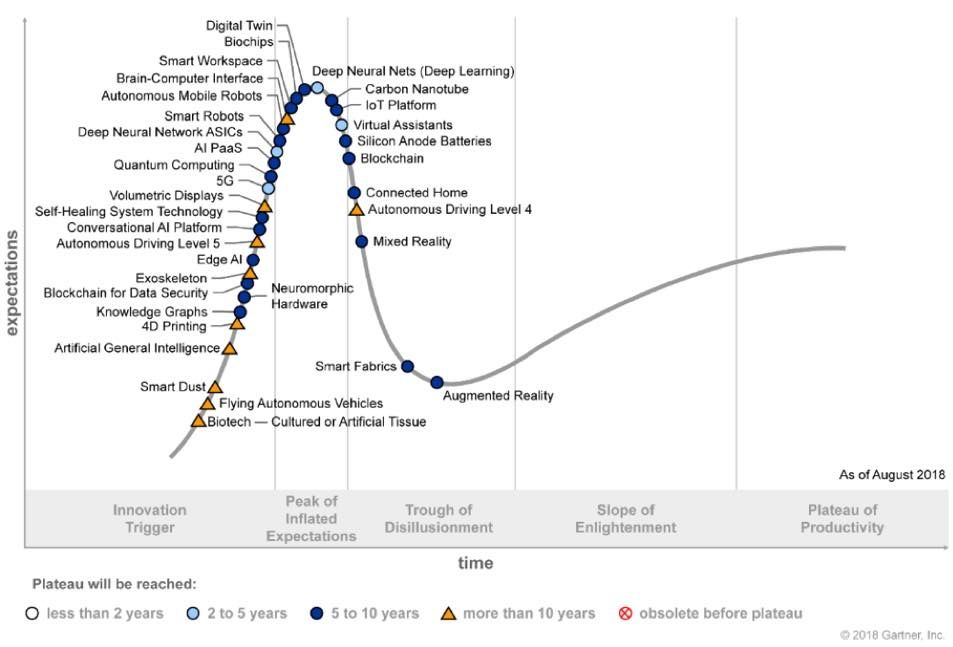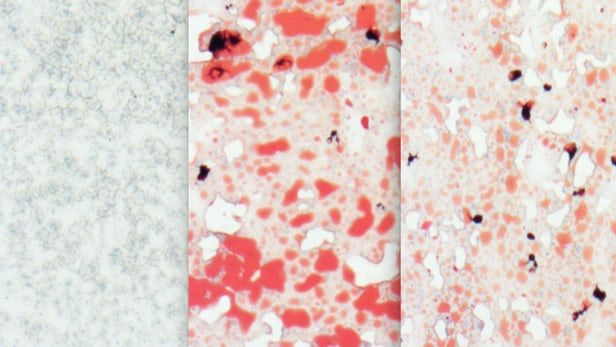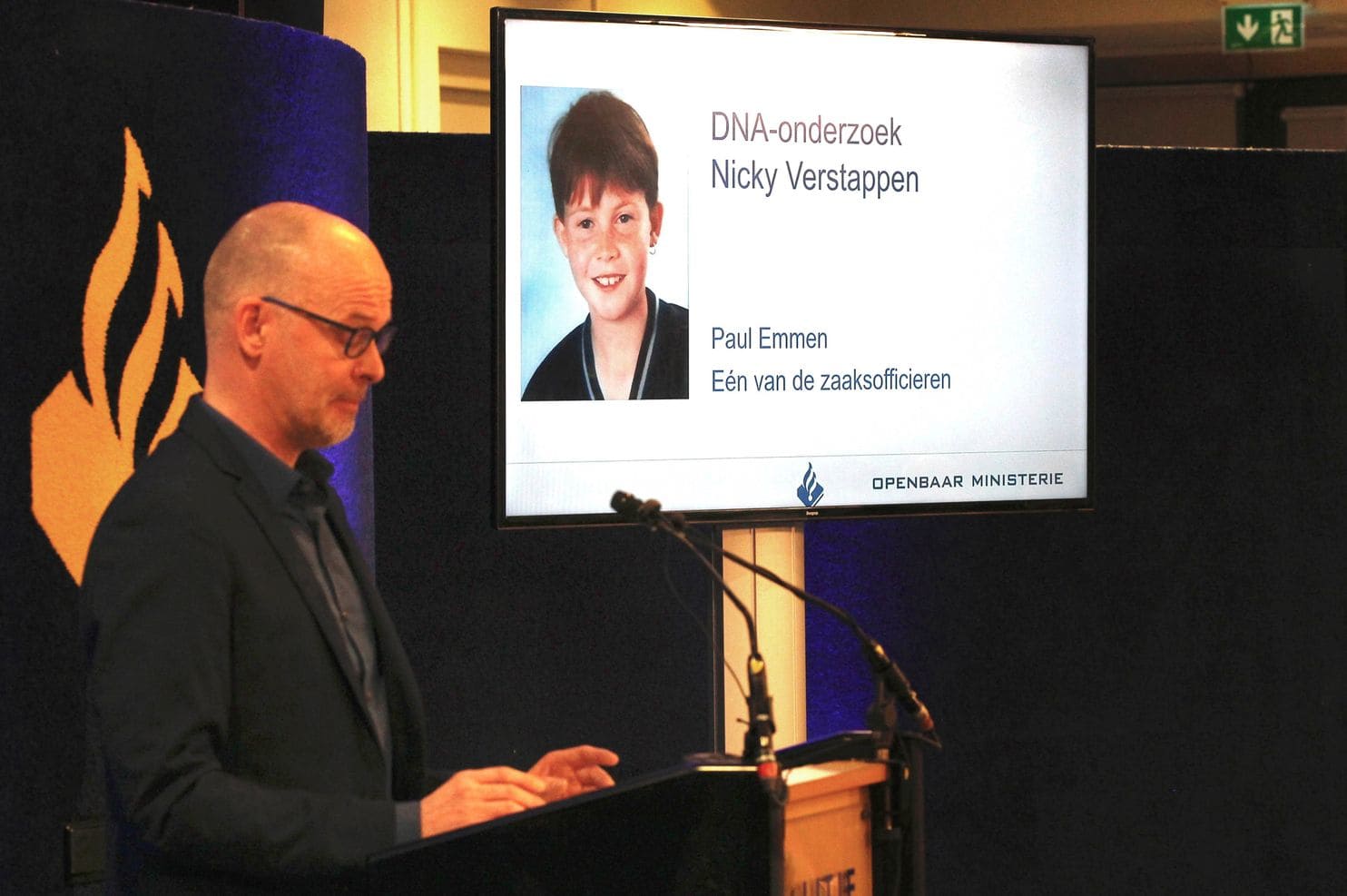A new table of knots points the way to twisting molecules in increasingly complex pretzels.



Lionfish are threats to not only fragile coral reef ecosystems, but the divers who keep them in check. They not only take advantage of unsuspecting fish populations, but carry poisonous spines that make them challenging to catch. Student researchers at Worcester Polytechnic Institute may have a solution: robotic guardians. They’ve crafted an autonomous robot (below) that can hunt lionfish without requiring a tethered operator that could harm the reefs.
The bot attaches to an existing submersible robot and relies on computer vision (trained with thousands of photos) to spot examples of the invasive species and jab them with one of its eight spears. Each spear tip is detachable and buoyant, so any successful kill sends the fish to the surface. The machine is well-suited to the realities of the ocean, too — it’s both resistant to saltwater corrosion and uses an airtight chamber to maintain buoyancy after every spear use.
WPI’s automaton isn’t ready for service yet. A follow-up group of students will work on a navigation system that can help the robot create a 3D search grid. If that’s successful, though, the robot could become a valuable part of reef defense that spares humans from getting involved until (and unless) they have no other choice.


Sugar may be the villain of our time, with too much of the sweet stuff known to be a leading cause of developing diabetes. But now researchers at Washington University School of Medicine in St. Louis have discovered a new way to reduce the risk of this condition – sugar. Trehalose is a natural sugar that has now been found to deprive the liver of glucose and activate a gene that improves insulin sensitivity and triggers the burning of more fat.


Nonetheless, the Pentagon appears to be pushing ahead on its own, looking for ways to strengthen its ties with A.I. researchers, particularly in Silicon Valley, where there is considerable wariness about working with the military and intelligence agencies.
The Defense Department, believing that A.I. research should be a national priority, has called on the White House to “inspire a whole of country effort.”


The researcher who proved the usefulness of neural networks for image identification has revealed an approach he thinks may be better: capsule networks.
